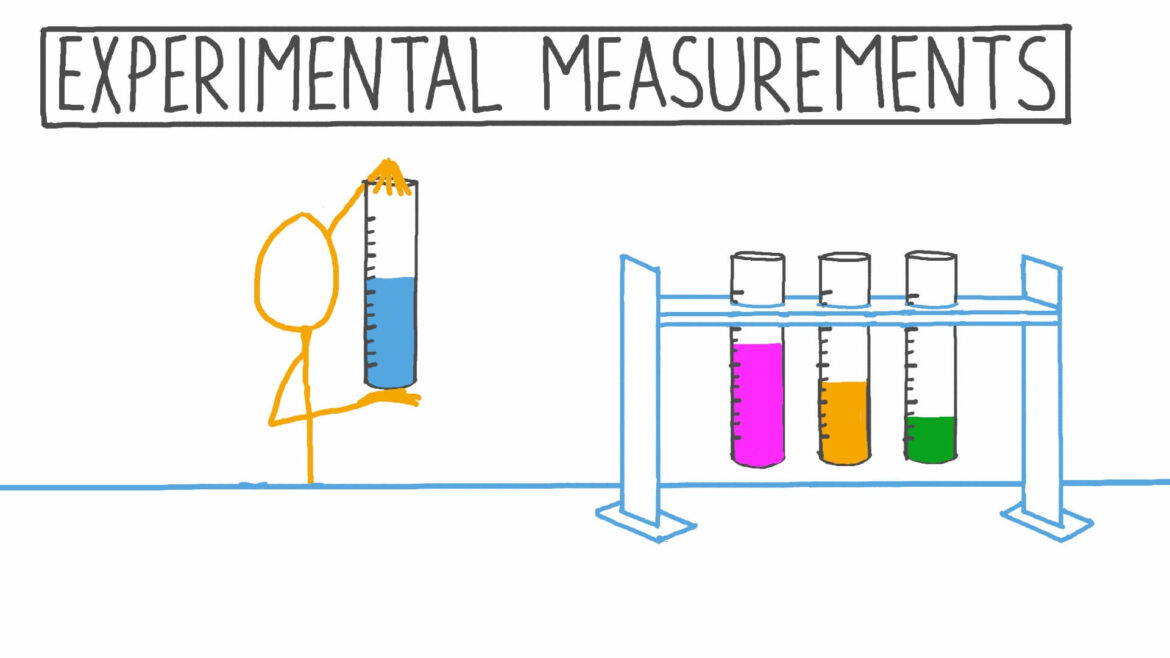An experimental method is a scientific procedure that is the standard by which scientists test hypotheses. The purpose of an experiment is to evaluate a hypothesis, which is an educated guess about how something works. Experiments are designed to test whether a hypothesis is true or false. A good experiment will have a control, which is the standard against which the results of the experimental group are compared. The experimental group is the group of subjects who are exposed to the treatments being tested. In order for an experiment to be valid, it must be free from bias. Bias can occur when the researcher conducting the study has a vested interest in the outcome of the study, when subjects self-select into treatment groups, or when there is some other factor that creates unequal groups.
The first step in conducting an experiment is to develop a hypothesis. The hypothesis should be based on previous research and observations. Once a hypothesis has been developed, it must be tested. This testing process begins with designing an experiment. The design of an experiment must take into account many factors, such as sample size, controls, and randomization. After the design of the experiment has been finalized, it must be implemented. This implementation stage includes recruiting subjects and administering treatments (if applicable). Following implementation comes data collection and analysis. Data must be collected in a way that minimizes bias and maximizes validity. Finally, once all data have been collected and analyzed, it is time to draw conclusions based on the results of the study


